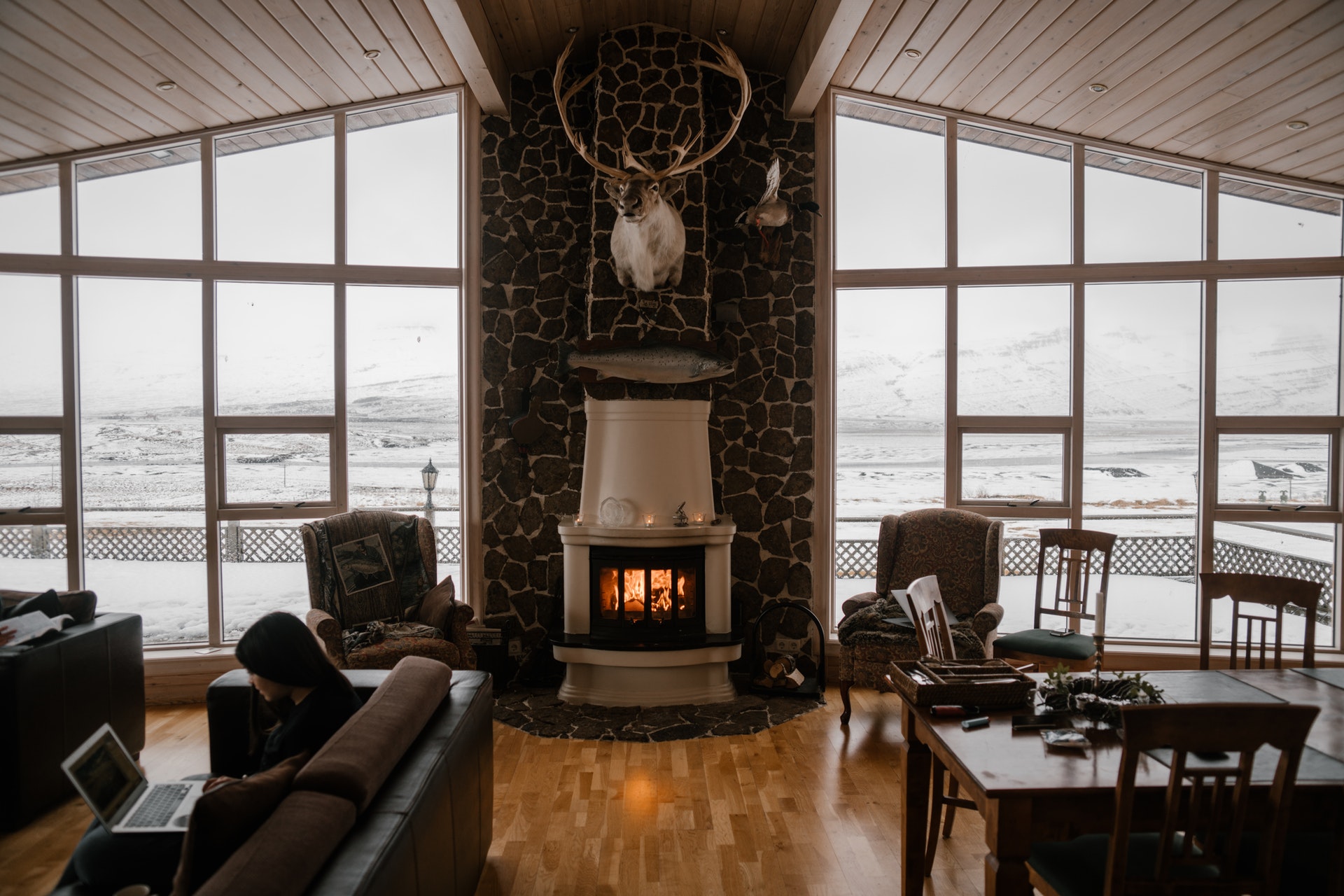
Overview of freestanding wood heaters and Stoves
In recent years, the market for heating solutions has been filled with a wide range of options. These vary in design, mechanism of function, and even the type of fuel used. Therefore, when searching for the right heating option, you need to factor in all this to find the perfect match for you. Among the widely known heating solution is the freestanding wood heater. This article gives an overview of the freestanding wood heater, advantages and essential points you should know.
True to its name, a freestanding wood heater is not installed in a fireplace. The wood heater is designed with legs or pedestals that sit a few inches off the floor. To be convinced that a freestanding wood heater is the ideal heating solution for you, read through its pros below.
Advantages of a freestanding wood heater
-
Placement flexibility
Since a freestanding fireplace does not need to be installed in a fireplace, it is easily portable. You can easily use it at any part of your home, provided you install a venting system next to it. If you have an outdoor event during a cold season, your freestanding wood heater can come in handy. You can easily take it to your outdoor space. Its flexibility is also beneficial as it beats the purpose of having a central heating solution.

-
It is environmentally friendly
As most people are becoming sensitized about environmental consciousness, choosing a freestanding wood heater as your heating option will be a perfect idea for running this course. Instead of using fossil fuels such as natural gas and propane, the freestanding heater uses wood, a renewable fuel source. In addition to that, wood is also referred to as carbon-neutral fuel, which means that it does not add carbon dioxide to the one existing in the atmosphere.
-
High efficiency
The heat distribution from a freestanding fireplace is different from other heating solutions as it is not placed in the fireplace hearth. Therefore, its open design allows radiant heat distribution, which warms up space faster and more efficiently. This is because the heat radiates from the top and sideways. Through technology, innovative ways of making the most out of your fuel have been discovered. You can be able to incorporate clean burn and air wash systems into your freestanding stove. The clean burn is responsible for introducing pre-heated air to burn off the excess hydrocarbons. Thereby, it emits more heat. At the same time, the air wash minimizes soot and other combustion products by drawing air inside the door.
-
It is an economical option
The freestanding wood heater can double up as both a heating and cooking solution. The wood heater can be fitted with stovetops which you can use for heating of foods. This is a cheap alternative as it reduces fuel expenses.
Ways to vent the freestanding stove’s smoke from the house
As part of the heating process, the freestanding wood heater emits smoke and other combustible products. Since this product affects the room’s air quality or might even cause suffocation, consider venting it out of the house. The following are some ways of venting smoke out of the house.

-
Through the wall
In this kind of venting option, the flue system is installed at the wall near where the freestanding wood heater is placed. In many houses, you might have the chimney already pre-installed, and all you have to do is vent the stovepipe to the chimney. In instances where your home does not have a chimney, you can use factory-built ones instead.
-
Have the chimney right above the wood heater
To use such kind of venting option, you need to be sure that you would not change the positioning of the heater later on. However, it is among the most effective and standard smoke venting options.
-
Hearth stove installation
Even though freestanding is not installed in a fireplace, it can be vented through a fireplace. This venting process involves placing a rear-vented heater inside the fireplace and allowing the smoke pipe through the back to the throat of the fireplace chimney. You will also need to fit a liner into the fireplace chimney as it would be too big to fit the wood heater smoke pipe. Failure to do so will lead to a build-up of creosote and tar on the fireplace chimney.
Conclusion
A freestanding wood heater offers your home a list of benefits. It is an environmentally friendly option, with flexibility on locating it in your home and an affordable option. This could be the heater for your home.




